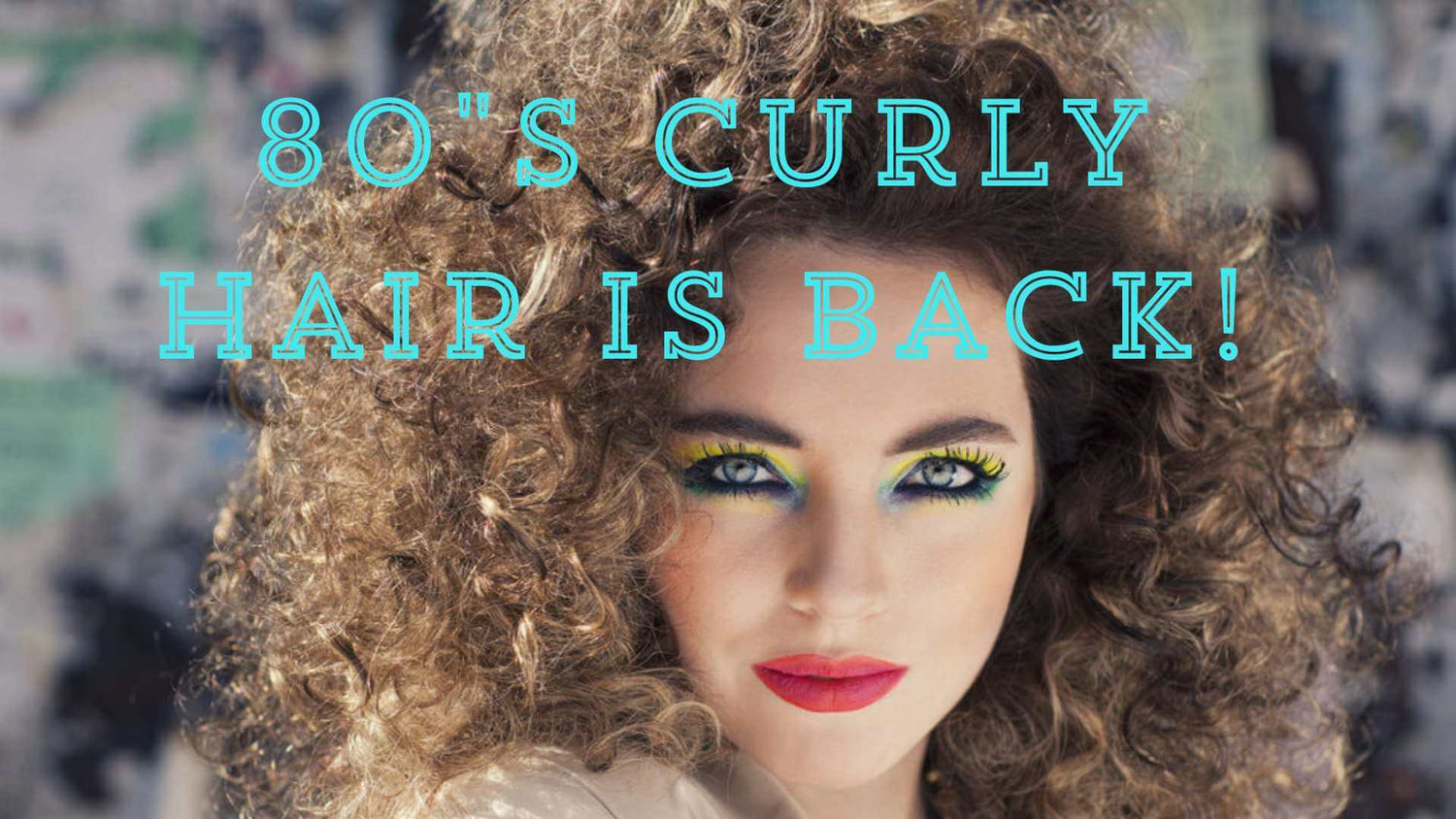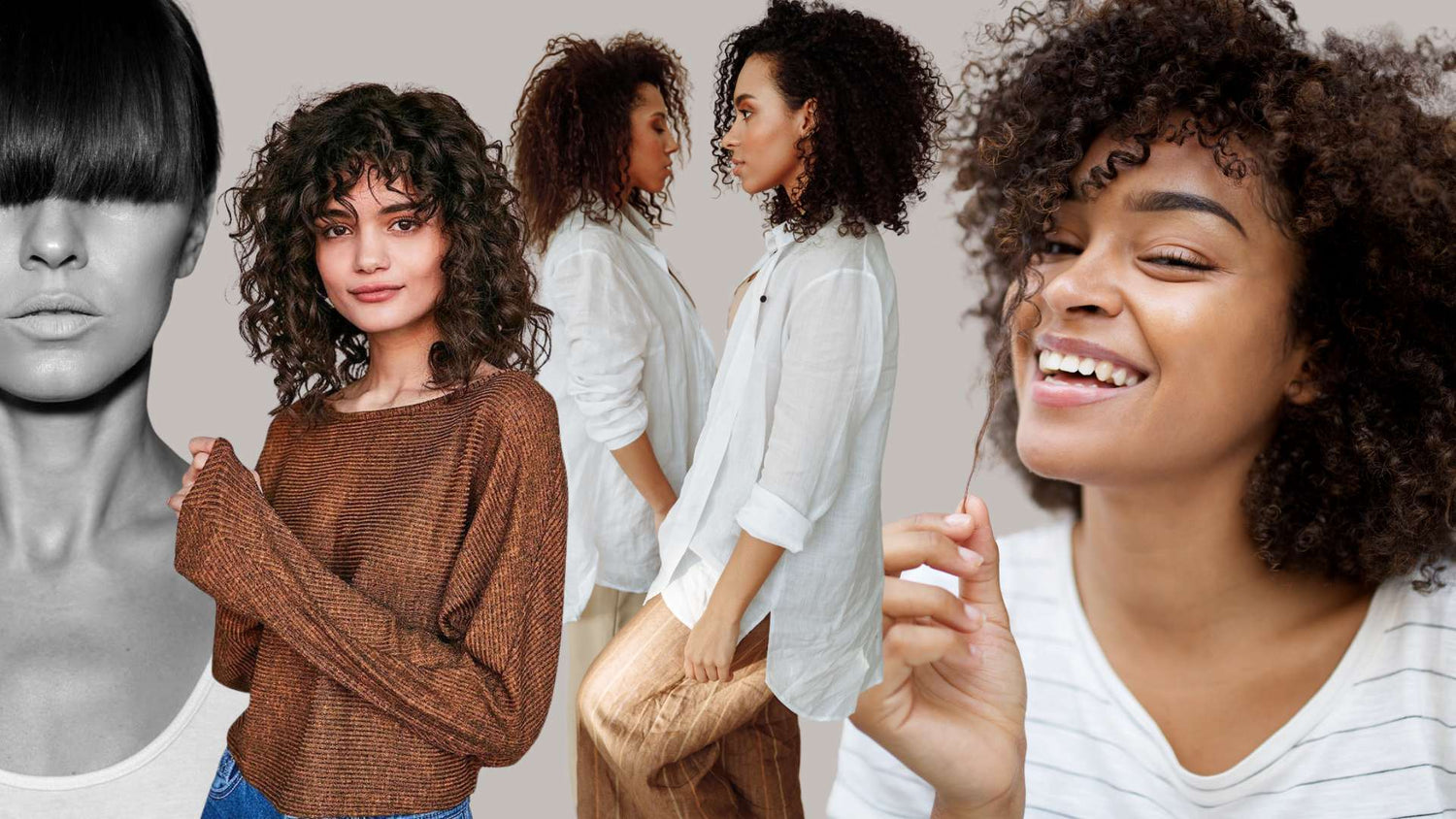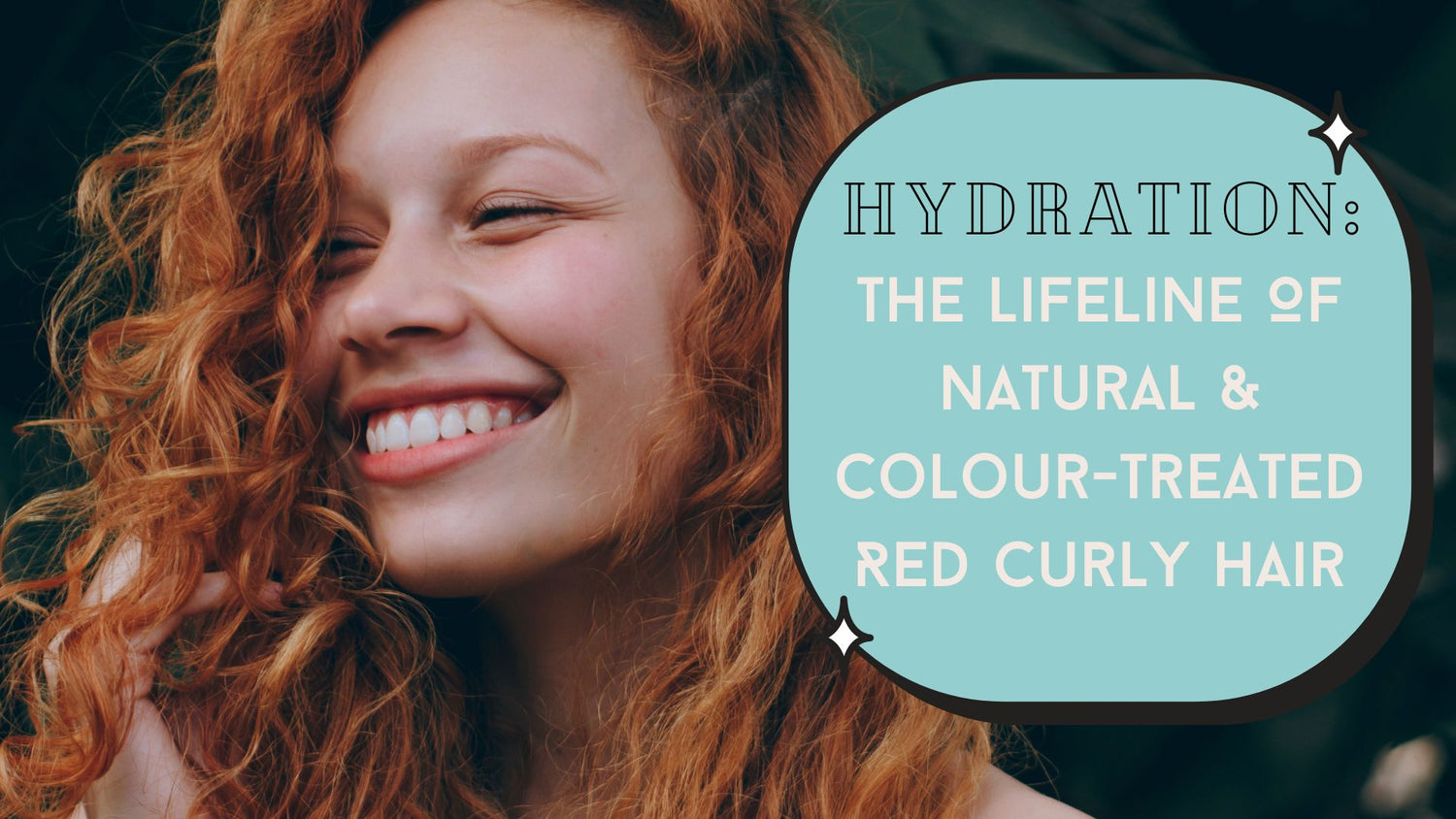Real Blondes Vs. 'Fake' blondes. How can you tell the difference? And does it even matter?
Our previous blog - 7 Steps To Flawless Blonde Curly Hair provided a 'how to' guide for getting the most out of your blonde curly hair. Whether your hair is 'fake' blonde or natural, we think it's important to know the differences between Natural Blonde Hair, and ‘Bottle Blonde’ Hair.
When it comes to blonde hair, there are two primary types: 'Bottle Blonde' and 'Natural Blonde'.
Each has key defining features, and understanding these differences can help in choosing the right hair care and approach to styling routines.
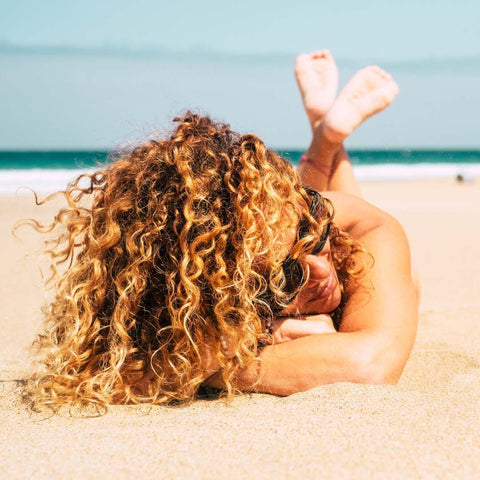
What is Natural Blonde Hair? Hair that exhibits a light, golden to nearly white colour, which is a result of low levels of the dark pigment eumelanin. This characteristic is genetically determined, often resulting from specific mutations in the genes that regulate the synthesis of melanin. Representing only about 2% of the global population, natural blondes are relatively rare, making this hair colour one of the less common natural shades.
What is Bottle Blonde Hair? "Bottle blonde" refers to hair that has been chemically lightened or bleached to achieve various shades of blonde, a process distinctly different from natural blonde hair. Typically achieved through the application of hair dyes and bleaching agents that significantly reduce the natural pigment, eumelanin, in the hair. The term "bottle blonde" stems from the fact that these hair colours are created using products from a bottle, as opposed to being a natural hair colour. This process usually requires ongoing maintenance to manage root growth and colour fading, and may call for increased hair care to counteract potential damage from the chemical treatments.
Bottle Blonde vs Natural Blonde
Colour Origin
- Bottle Blonde is achieved through chemical processes like bleaching and dyeing.
- Natural Blonde is a genetic trait, the hair naturally grows in various shades of blonde.
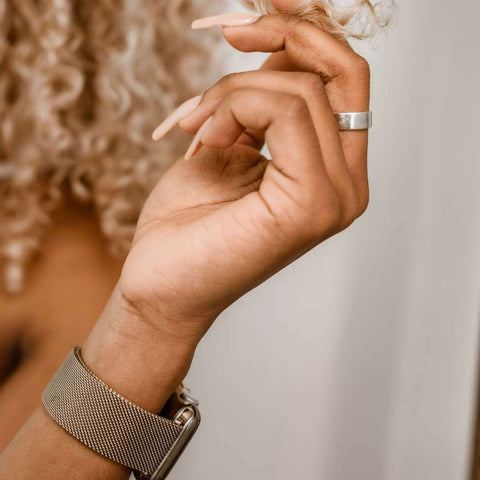
Hair Texture and Health
- Bottle Blondes often have a rougher texture due to chemical treatments. The hair might be more prone to dryness and damage.
- Natural Blonde generally maintains a smoother texture with natural oils intact, leading to healthier-looking hair.
Shade Variability
- Bottle Blondes can choose from a wide range of blonde shades, from platinum to golden, regardless of the original hair colour.
- Natural Blonde shades are typically limited to what genetics dictate, ranging from light platinum to darker blondes.
Maintenance Requirements
- Bottle Blondes require regular touch-ups to cover new growth and to maintain the desired shade. More intensive hair care routines are often necessary to counteract damage.
- Natural Blonde hair generally requires less maintenance in terms of colour. Focus is more on general hair care and maintaining natural shine.
Hair's Reaction to Environmental Factors
- Bottle Blondes colour may fade or change tone in response to factors like sun exposure, swimming pool chlorine, and hair products.
- Natural Blondes are less susceptible to dramatic colour changes, though prolonged sun exposure can naturally lighten the hair.
Cost and Time Investment
- Bottle Blonde involves a significant investment of time and money for salon visits, home care products, and treatments.
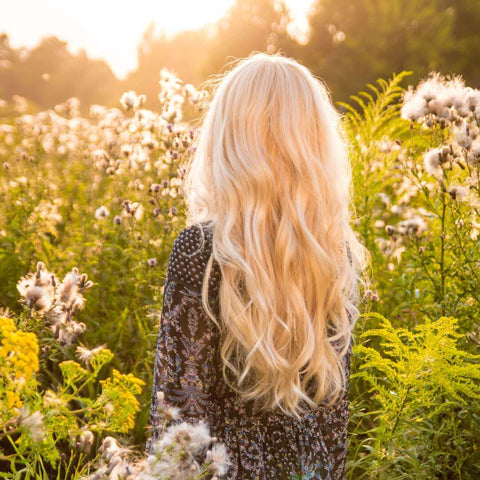
- Natural Blonde hair typically involves standard hair care expenses without the added costs of regular colouring sessions.
Styling and Care Products
- Bottle Blondes often requires specific products designed for colour-treated hair, including toners, purple shampoos, and deep conditioning treatments.
- Natural Blondes can use a broader range of hair products, focusing on maintaining hair health and natural colour vibrancy.
Does Colouring My Textured Hair Matter?
Colouring your hair can significantly impact the health and appearance of curly hair. The impact on each hair type, and individual will be slightly different. For wavy hair, lightening can loosen the curl pattern and necessitate more frequent hydration treatments to maintain its bounce. True curly hair might experience more dryness and frizz, requiring deep conditioning and regular trims to keep curls defined and healthy. Coily hair, being the most fragile, risks the most damage from bleaching, often leading to breakage. It's crucial for coily textures to minimise chemical processing and opt for protective styling post-coloring.
Regardless of your curl type, using colour-safe, sulphate-free shampoos, and avoiding heat styling can help preserve both the colour and the integrity of your curls. Regular protein treatments can also aid in repairing and strengthening coloured curly hair.
Pro Tip: Remember, the key to maintaining a vibrant blonde colour is a balance of moisture, protein, and gentle care.

While both types of blonde hair have their advantages and disadvantages, understanding these is key to your personalised hair care routine.
Whether you're embracing your natural glow or lightening your hair with chemical treatments the right approach can ensure your blonde hair is always at its best.
Permission to live your best curly blonde life, LOHY xx



